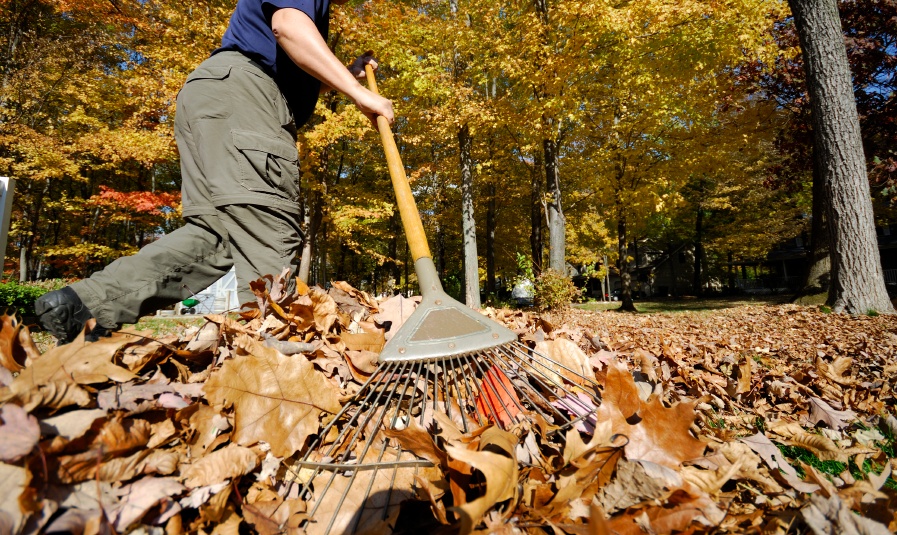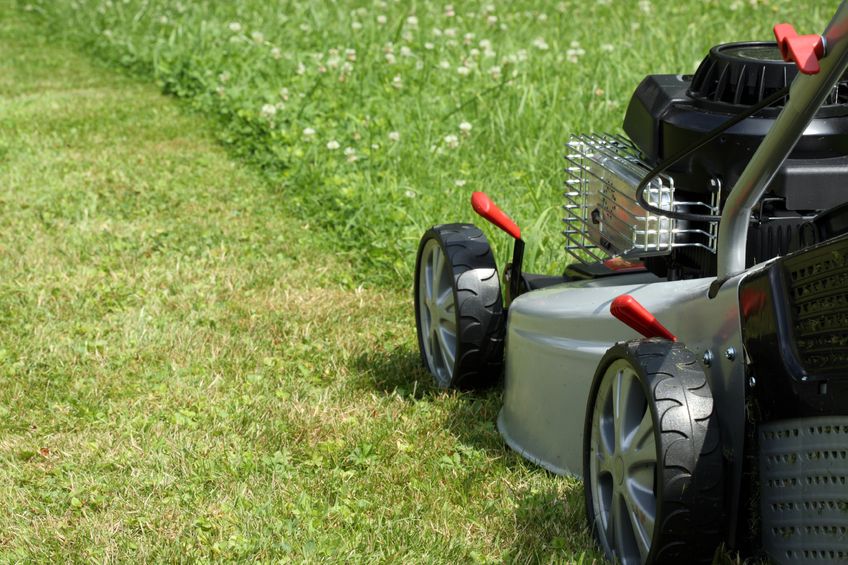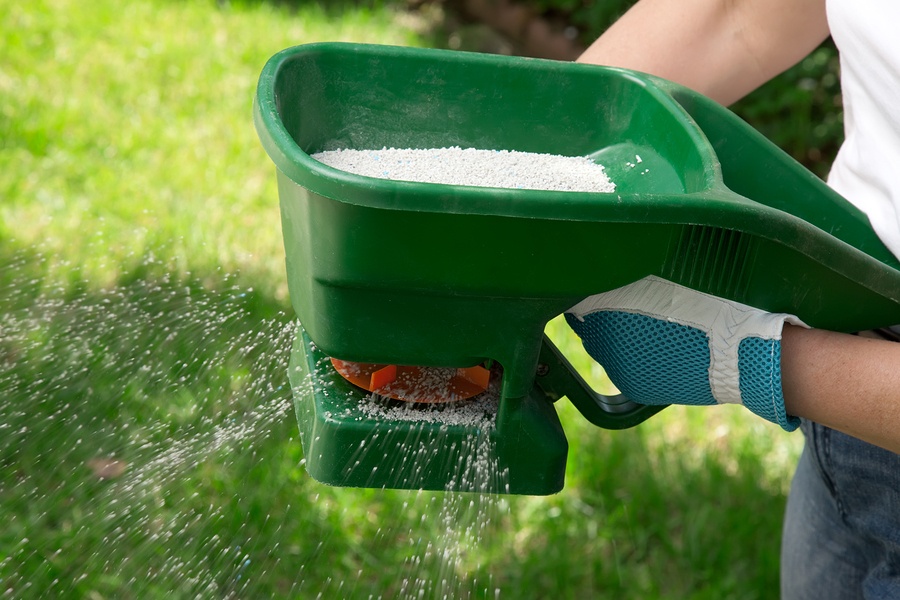We all want our homes to look as beautiful as possible and be as healthy as possible. This is a struggle like everything else, since signs of use show as time passes. The elements, accidents and various other destructive factors make diligence and repair a crucial thing. The living parts of our home are probably most difficult to maintain. Keeping the lawn healthy and good-looking is pretty complicated but it is not impossible. With proper care, you can always be proud of your lawn. Winter is probably one of the biggest enemies of a well-groomed lawn and its owner. Those of us that really put in work into our lawns always worry when the winter comes. Snow mold is probably one of the most widespread problems people are faced with at the end of winter, and a lot of them panic. Snow mold can be dangerous if not treated, but it is not something that can’t be handled if you know what you are doing.
What is snow mold and why you should worry about it
There are two types of snow mold, pink and gray, and it is a type of fungus that forms on grass in late winter. It usually takes a circular form and can seriously harm your lawn if not handled properly as soon as possible. These circular patches really stand out and on top of being unsightly, they can cause real damage. It is dormant in the summertime but during winter, safely tucked in under layers of snow, it can grow quite rapidly and turn into a potential disaster. However, there is no reason to panic, as it is not that difficult to get it under control, but you still need to take some preventive measures.
1. Do some fall clean up
One of the crucial factors in the development of snow mold on lawns is leftover dead foliage which gets covered by the snow. It is a great growth catalyst for grey mold, and we want to avoid this. Simply clean up your lawn of dead leaves in the fall before snow gets a chance to cover it up. Make sure you follow the weather forecast so that winter doesn’t take you by surprise.2. Mow the lawn
Since snow mold is a type of mold that first attacks the blades of the grass, it only makes sense to keep your lawn low cut (about 2 inches tall) in order to prevent it spreading too much. Mold starts growing while your lawn is covered by snow, and if the grass is taller, it will have more room to grow and cause more problems.3. Clean the big piles
During the winter, most of us are forced to clean the snow from our driveways and yard paths to be able to move around properly. Most of this snow, no matter if cleaned by using a shovel or a snow plough service, ends up on the lawn. These piles melt significantly slower than the rest of the snow. This is why it’s crucial to get rid of it as soon as you can to stop the mold from spreading and creating a more complicated issue.4. Apply low nitrogen lawn food
A lot of people get frightened by the appearance of mold and think that feeding the grass with nitrogen rich lawn food will help. This is a mistake since mold also benefits from this kind of food. Grass has its own mechanisms of waking up after a long winter and can manage with minimum help.5. Get thatch under control
https://www.youtube.com/watch?v=g4V9FLNS3lg Thatch is not a big issue by itself and when it is kept under control. When it’s about half an inch long ,it is beneficial for the healthy life of your lawn, but if it’s left to run loose, it can cause a lot of damage. One of the things that it can cause is larger spreading of snow mold, so make sure you do some dethatching to keep things in check.


















































